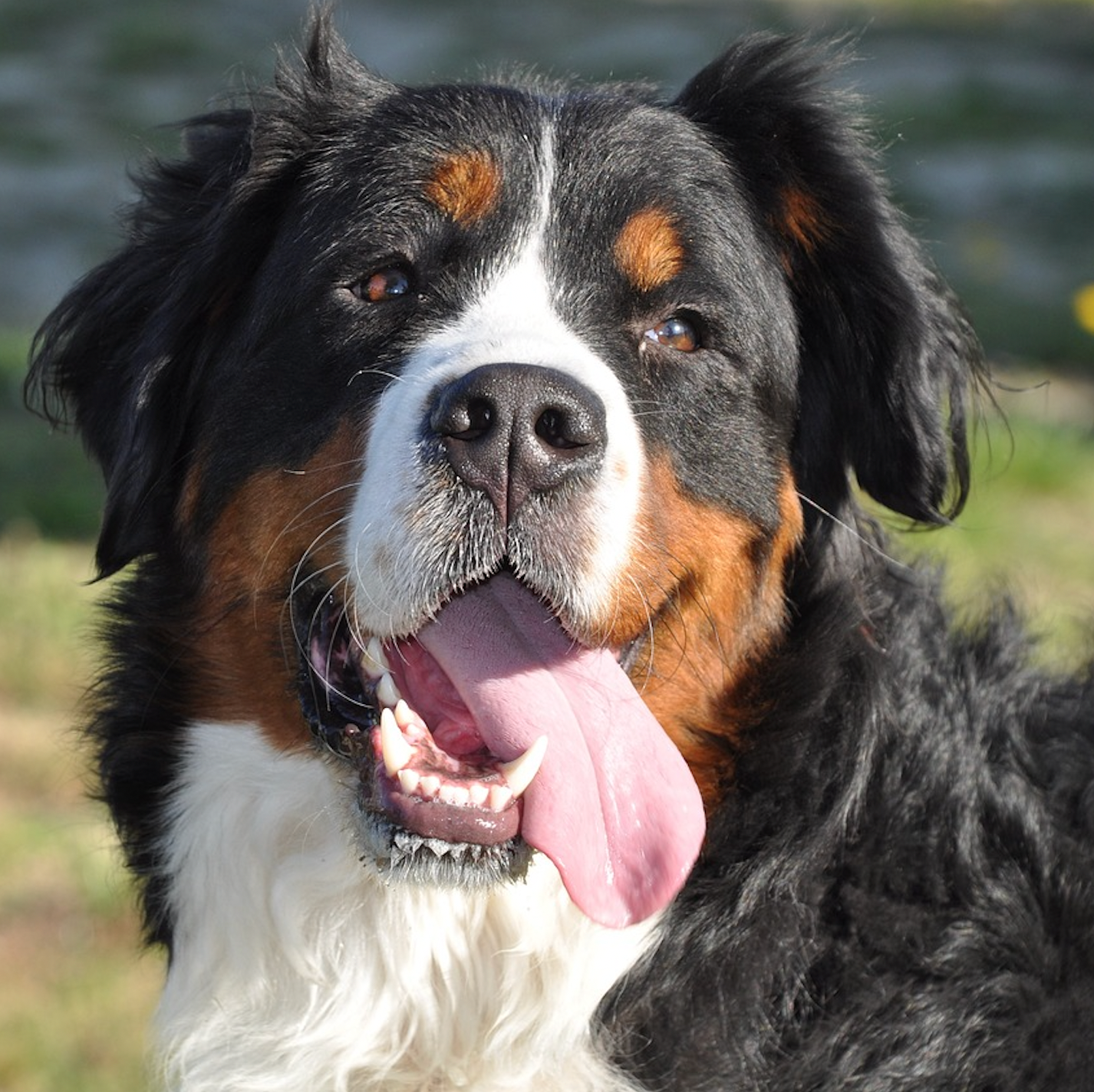
Big dogs come with big questions and we want to make sure we’re doing everything we can to keep them feeling good and living life to the fullest. Asking professionals you trust is a good start, but they can be just as susceptible to misinformation as anyone. If you have a large breed dog, chances are you’ve seen or had a conversation about most of these large breed dog myths.
Myth: Big Dogs Can’t Safely Move as Well as Small Dogs
Whether it’s moving hundreds of pounds of freight over long distances in the snow, reaching around 30 miles per hour in a sprint, or multitasking on a farm - big dogs are built to move. So if you’re concerned that you won’t be able to carry your giant puppy up and down stairs or that he won’t be able to participate in your active lifestyle for a couple more years, you can breathe a sigh of relief.
Fact: Stairs
Stairs can be just as safe - or dangerous - for puppies as they are for adult dogs. As soon as your puppy is able to walk up and down steps, teach them how to do so safely and with control. Putting temporary baby gates at the top or bottom of your stairs is an easy way to make sure stairs aren’t used for zoomies when you aren’t supervising.
Fact: Exercise
Any “rule” of the amount of exercise your puppy should get based on his age is arbitrary and not based in science. Dr. Darryl Mills warns against focusing on the amount of exercise a puppy gets, and instead on making sure the puppy is building muscle, body awareness, staying at a healthy weight, and is free from conditions such as hip dysplasia.
Fact: Hip Dysplasia
Hip dysplasia is a genetic condition where a dog’s hip joint becomes loose and unstable as it grows. While many of us can recognize obvious signs of pain, only veterinary imaging can confirm the condition. You can’t prevent hip dysplasia, but you can assure that your dog gets health testing done and make a plan with your vet team to protect their joints.
Myth: Big Dogs Are More Stubborn Than Small Dogs
Imagine there are two dogs that need a bath - Peanut the chihuahua and Beethoven the St. Bernard. Even if the owner wants the experience to be positive, if neither dog moves, the next popular option is to physically move the dog. Peanut may snap at the person’s hand as he’s carried to the bath. Beethoven has the advantage of his size so he doesn’t need to resort to a bite and won’t get the bath. One dog we call “aggressive” and the other we call “stubborn”. In many cases, small dog aggression and big dog stubbornness are two sides of the same coin.
Both dogs deserve to be offered choices and to have those choices respected. It’s on us to make the options we prefer more desirable. Making sure we use treats they actually like (and not just that we think they should like) and take the time to teach them to opt-in to situations that may not be their favorite, and to take the situations in which they opt-out as valuable information to guide your training, not as a static big-dog-trait to fight against.
Get The Right Information
No one has all the right answers, and there’s also nothing wrong with trusting professionals. But when something doesn’t feel right or you’ve heard opposing views, it’s okay to ask questions! Probe further, ask for their sources, and ask which professionals they get their information from. Honest professionals appreciate pet parents who want to know more, and understand that being proven wrong and needing to update their own information benefits everyone.
Looking for more information on pet myths? Check out our other articles!
Myth or Fact: Black Cats are Bad Luck
Myth or Fact: Dogs Can Eat Grapes





